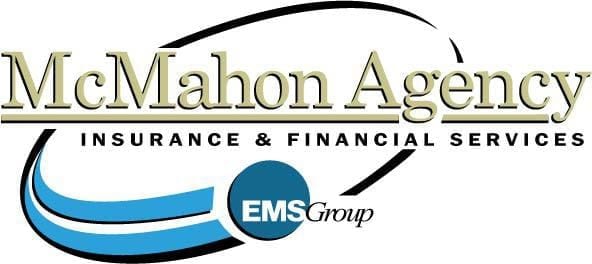A health reimbursement arrangement (HRA) can offset premiums and deductibles in a group health insurance plan. These savings are realized when a high-deductible health plan (HDHP) is combined with a Deductible-Gap HRA. Employers can benefit by saving money and reducing overhead with a high deductible, while the effect on employees is offset by the HRA.
What Is An HRA?
An HRA is an employer-funded account you can use to pay for qualified medical expenses that are not covered by your health insurance plan. HRAs are owned by the employer and compatible with all types of health insurance. Your employer sets aside a specific amount of money for your use into your HRA every year. Only employers can put money in an HRA. The funds are available to you at the beginning of the year and may roll over into the following year, depending on your employer’s plan.
How Do HRAs Work To Benefit Employers With No Hardship For Employees?
The employer moves to an HDHP with a $1,500 deductible from a $500 deductible, then sets up a Deductible-Gap HRA for employees. The HRA pays the higher deductible expense, and the employee still pays only the first $500. The employer saves money, as only a relatively low percentage of health insurance plan participants will have medical expenses above the $500 deductible. Employer savings will come from lower HDHP premiums and from only experiencing a low percentage of HRA claims.
How Do HRAs Benefit Employees?
A health reimbursement arrangement is an employer-funded, IRS-approved, tax-advantage health benefit. It is used to reimburse employees for personal health insurance premiums and out-of-pocket medical expenses. Employees can pay for the healthcare services they need, including health insurance, and be reimbursed from the HRA up to the allowable amount. This enables employees to pay for a wide range of medical expenses not covered by health insurance.
What Is An HRA-Qualified Expense?
An HRA can reimburse any qualified medical expense under IRS Section 213(d), as listed in IRS Publication 502, including premiums for personal health insurance. HRA-qualified expenses also include:
- Amounts paid toward a health plan deductible
- Copays
- Office visits
- Prescription drugs
- Nonprescription drugs (with doctor’s note)
- Mileage to and from eligible healthcare
An employer may choose to make certain items ineligible for reimbursement. Different HRAs may also restrict certain items.
How Does Employee Reimbursement Work Under An HRA?
- The employer sets the HRA allowance amount.
- Employees choose the healthcare services and products they need, including health insurance, and make their purchases.
- Employees submit proof of HRA-qualified expenses incurred, usually in the form of receipts.
- Employer reviews employee documentation to ensure it includes the service or product, the date of sale or service, and the amount incurred, and approves the expense.
- Employer reimburses the employee from his or her HRA allowance amount.
HRAs can mean cost savings for employers and provide valuable benefits to employees. Our knowledgeable agent can answer questions you may have about HDHPs combined with Deductible-Gap HRAs.
